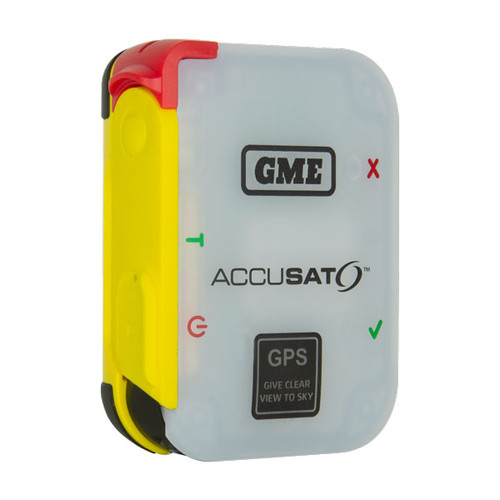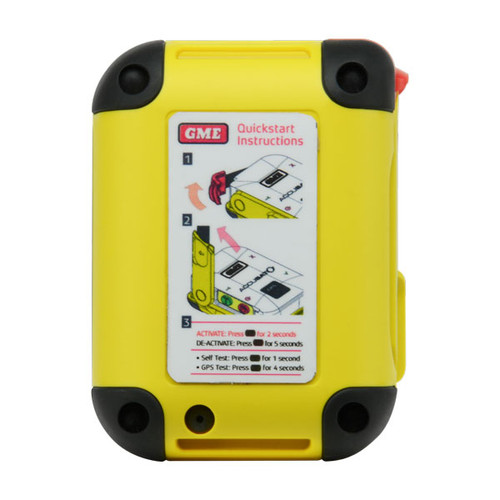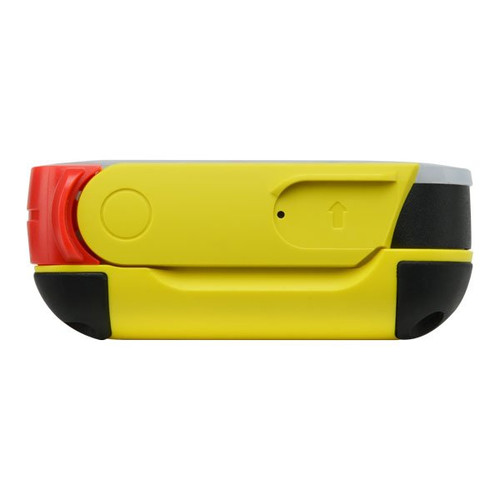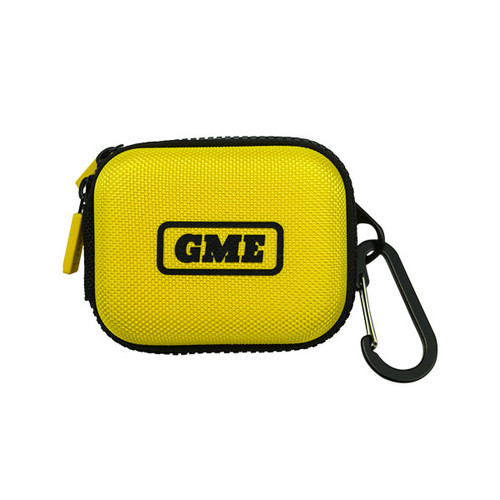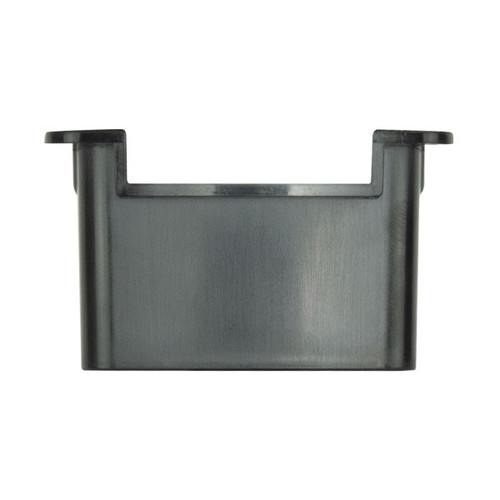GME MT610G
GPS PERSONAL LOCATOR BEACON

Made In Australia

IP68 Ingress Protection
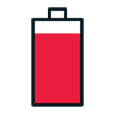
7 Year Battery Life

Cospas-Sarsat Worldwide Certification
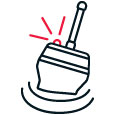
Easily Deployed in an Emergency

6 Year Warranty
Introducing the all-new Australian Made 406MHz GPS Personal Locator Beacon from GME, the MT610G.
This Personal Locator Beacon (PLB) is GME’s most compact and lightweight design ever, complementing GME's market-leading range of Emergency Beacon products.
The MT610G is a super-compact, lightweight PLB, offering an impressive 7-year battery life and a 6-year warranty. Featuring a ‘Non-Hazmat’ battery pack for ease of transport, the MT610G ensures you remain safe and connected, wherever life takes you. The MT610G has been designed, engineered, and manufactured in Australia, to provide the outdoor adventurer or lone worker with a GPS PLB solution that is compact, easy-to-use, and affordable.
Featuring an integrated 72 channel GPS receiver, zero warm-up time, high-intensity LEDs, IP68 Ingress Protection, and an inherently buoyant design, the compact size of the MT610G has not compromised the safety features included. The MT610G is designed to meet and exceed the latest international standards and is Cospas-Sarsat Class 2 certified.
GME is the only Australian manufacturer of emergency beacons and has been designing, engineering, and manufacturing EPIRBs and PLBs for over 30 years. In that time their beacons have been used to save hundreds of lives around the world.
The MT610G offers enhanced peace of mind for bushwalkers, 4WDers, remote workers, and aviators alike.
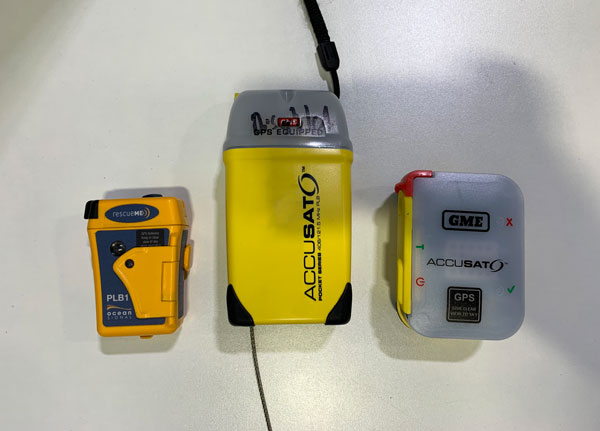
Image showing the size difference between the RescueME PLB1, GME MT410G, and the new GME MT610G
Modes of Operation
| Activated | UHF (406) and VHF (homer) complete with high intensity light. |
| Self-test | Comprehensive internal diagnostics with visual operator feed-back. UHF test message (inverted synchronisation compatible with portable beacon testers) |
| GPS Self-test | Comprehensive diagnostics of GPS circuitry and real-time position acquisition test with visual operator feedback. |
Operation
| Activation | 2-step activation process |
| Duration | In excess of 24 hours at -20°C. Longer at higher ambient temperatures. |
| Transmission | 121.5 MHz and 406 MHz |
| Delay | 50 seconds (+/- 2.5 sec) to deactivate prior to distress transmission. |
| Warm up | None required |
| VHF | 121.5 MHz, 50 mW ±3 dB, swept tone AM (analogue) |
| UHF | 406.03 MHz, 5 W ± 2 dB, PSK (digital) |
| Light | > 20 flashes/minute High intensity white LED |
COSPAS-SARSAT
| Certification | Certified to C/S T.001 (Class 2) requirements. |
| Operation Protocol | Supports Standard Location and National Location operation protocols. |
| Repetition Period | 50 seconds mean, digitally generated randomization. |
Battery
| Useful battery life | 7 years** |
| Replacement method | By service centre or factory only. Not user replaceable. |
| Battery chemistry | LiMnO2 (0.6 g Lithium per cell) |
| Battery configuration | 2 electronically isolated batteries, each consisting of 2 cells type CR123A |
Physical
| Operating | -20 to +55°C |
| Storage | -30 to +70°C |
| Weight | 160g ± 2g |
| Compass safe distance | 1 m (3.3 ft) |
| Dimensions (mm) | 88 (h) x 66 (w) x 36 (d) |
| Buoyant | Will float in fresh/salt water. (RTCM Cat 1) |
| Waterproof | IP68 (10m of salt-water for 1h) |
| Materials | High visibility yellow chassis with translucent cap. UV stabilised highimpact plastic chassis with energy absorption over-moulded bumpers. |
GPS/Galileo Receiver
| Type | Ultra-high sensitivity GPS L1C/A, Galileo E1B/C |
| Channels | 72-channel, GPS/GALILEO Search Engine. |
| Antenna | Ceramic Patch Antenna. |
| Acquisition | Cold start 30 seconds typical. Hot start 1 second typical. |
Other Features
| Transport | Meets UN requirements for transport as non-hazardous cargo onboard passenger aircrafts. |
| Antenna | SUS631 Hardened Stainless Steel. |
| Optional Accessories | Protective carry pouch with aluminum carabiner. |
** Prolonged storage at temperatures higher than 20°C would result in reduced useful life of the battery
In The Box
- GPS Personal Locator Beacon (MT610G)
- Safety Lanyard
- Instruction Manual
- Quick-start Guide


